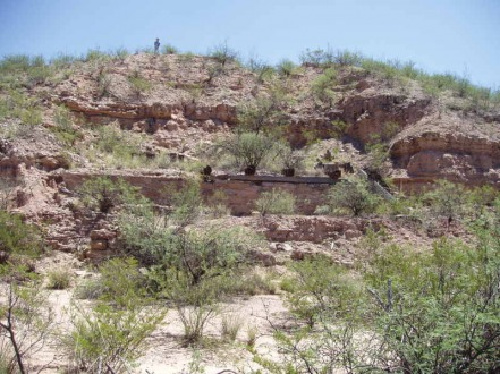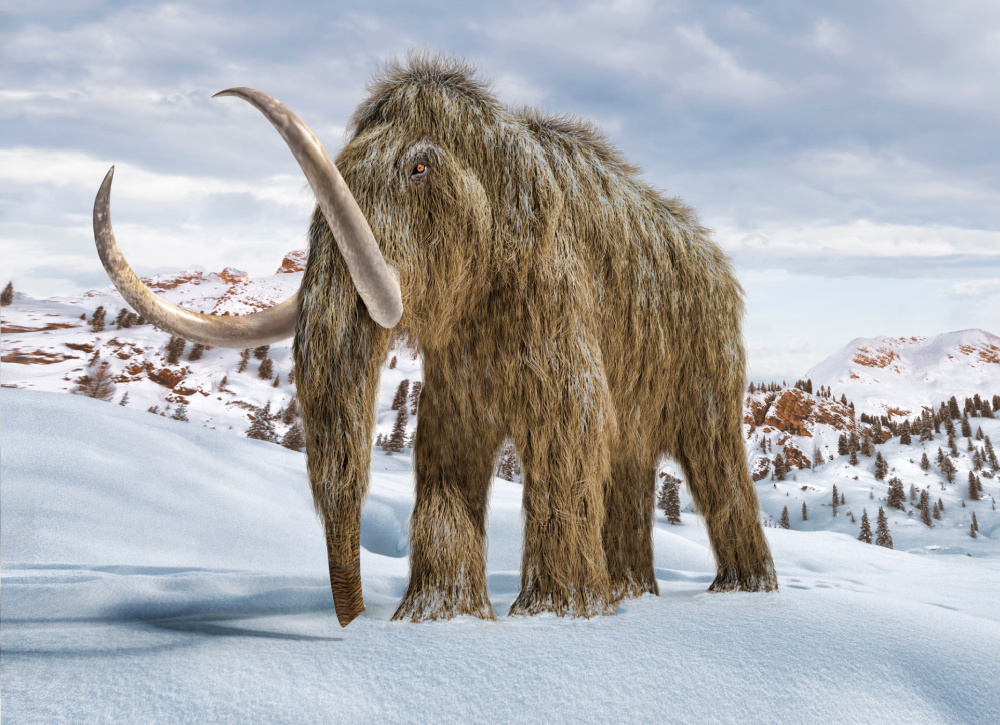Interpretive walk led by docents of the Friends of the San Pedro River.
San Pedro House a historic ranch house restored by the Friends of the San Pedro River is a bookstore and gift shop run by volunteers. The area around the San Pedro House features interpretive signs of various native plants of the area, riparian, watersheds and aquifers, and wildlife.
The area features a trail network for a variety of recreational uses such as hiking, bicycling, equestrian, and wildlife viewing. Some of the natural interests around the areas include: The Big Cottonwood Tree (west of the house) is not as old as you might think. Cottonwoods grow very quickly in favorable conditions. This one is estimated to be between 90 and 130 years old. The cottonwood behind the house was planted in 1956.
Abandoned agricultural fields dominate the landscape here. They were once used for growing alfalfa and other feed for cattle. Native vegetation is steadily returning as can be seen along the Del Valle Trail. The Riparian Forest, one of the most endangered forest types in the world, is a stark contrast to the adjacent fields.
The cottonwood and willow trees provide essential habitat for a variety of wildlife, including over 350 species of birds. The trees and other riparian vegetation also promote soil deposition, which overtime, will refill the incised channel. Linear Pools often form along rivers providing excellent habitat for turtles, frogs and fish. They are created by a wash coming into the river, thick vegetative growth or changes in underground geology. Kingfisher Pond was created years ago when this area was a sand and gravel quarry. The large hole created by the operation eventually filled up with ground and flood water.
There are no surface inlets or outlets. Green Kingfishers are often seen along its edge. Oxbows are semi-circles of trees created when the river was in a different channel. Young Cottonwoods sprout only in very wet conditions. Oxbows show us where the river once flowed.



